The following thoughtful column is by Bishop Robert Finn of Kansas City. It was published on January 9 in The Catholic Key, the newspaper of the Kansas City diocese. He makes, to me, the important point that no one, except Children's Hospital in Oakland, wanted to remove Jahi's life support. Thank God Jahi was transferred to a place where the medical team will at least try to keep her alive.
I was between visits with friends on what was becoming a snowy evening to start the New Year. I headed back to my residence and eventually connected with Dr. Paul A. Byrne, M.D. who was looking for some assistance. I had met Dr. Byrne more than ten years ago when I was editor of the St. Louis Review, Diocesan weekly in St. Louis. We were then in a firestorm about a controversial protocol for end of life organ donations. We had written an editorial about the protocol, seeking conscience protection for health care workers who were rightfully hesitant about participating in non-heart-beating organ harvesting procedures at a local hospital. Dr. Byrne is a Board Certified Neonatologist and Pediatrician, and is Clinical Professor of Pediatrics at University of Toledo, College of Medicine. He has also emerged over the last decades as an expert on brain death. With his direction I ended up reading a ton of material on the subject and learning a lot about the phenomena of determining when death occurs.
Jahi is the 13 year old California girl whose tonsillectomy went wrong. On December 12 she was declared dead by doctors at the Children’s Hospital Oakland. But sometimes things are not as they seem, and Dr. Byrne, who went to Oakland a few days after Christmas, doesn’t believe Jahi is dead. What moved me most was something I had not yet read in any media accounts: He told me that Jahi was not totally unresponsive – but rather, when touched or talked to by family members, she moves her arms and/or legs. I must say that this is not what I imagined in the case of someone who is dead.
In Jahi’s circumstance, the little girl’s parents and family all want to keep Jahi alive, rather than removing life support at this time. No one entrusted with her guardianship is opposed to continuing Jahi’s life except the hospital where she – at the time of this writing – remains. It seems clear to me that the effort to keep Jahi alive is a matter of “extraordinary means.” As such in Catholic moral teaching a person or family could choose to end life support with moral justification. However, Catholic moral teaching would also support the extraordinary efforts required to keep the child alive, if that was the chosen path.
What the family desired was that the acute care facility, the children’s hospital, start feeding Jahi and begin therapy to prolong her life. Specifically the request that now came to me from Dr. Byrne was to help locate a doctor – an ENT, Ear, Nose, Throat, specialist – who would be licensed in California and who could perform a tracheotomy, so that Jahi could then be transported to a chronic care facility. One or more such facilities were ready to receive her. Money had been raised to transport Jahi. I started praying, and I also made several calls to friends in California to try to assist the family in caring for their loved child.
Let us go back, for a moment, to the issue of the determination of death. The brain death criteria were developed primarily because of the desire to transplant non-paired vital organs (e.g. heart, liver) to save other lives: the lives of persons needing such donations to survive. The needed organs for transplant must still be “alive;” they cannot start to decay or they no longer will be useful. Before these procedures for transplant had become viable practices, it was less important to know exactly when death had occurred.
We knew that after a person had died, the body (or cadaver) became cold and rigor mortis (rigidity) occurred. From a theological perspective, the principle or source of life is the soul. What happens at death is that the soul leaves the body. This cannot be observed, except that the signs of death (rigors, loss of temperature, decay) begin to show themselves after death has occurred. “Brain death” is established by a measure of brain activity (or loss of it). Dr. Byrne would point out that brain waves are a measure of such activity in three parts of the brain: the cerebrum, the cerebellum, and the brain stem. He would hold, and has written in many talks and articles, that measuring activity within the deeper recesses of the brain is not yet possible, and therefore may still exist in a subject. He also believes that children have a higher rate of recoverability from brain injuries. Their brains are more “pliable” and can heal in ways that often surprise the experts. The observation of reactions (movement of arms or legs) like those reported to be seen in Jahi, lends credence to the possibility that, though there are no measurable brain waves, brain activity may still exist and life may still be present. Thus seems to be the conviction of the family of Jahi McMath.
As I write this so much is changing, and by the time you read this so much may have occurred in the life of Jahi and her family. But I still ask you this: Pray for Jahi and for this family. Pray also that authentic moral principles will be upheld in the midst of a scientific endeavor which is always complicated, but which requires many, many prudential decisions. We must work hard and speak out clearly for the protection of human life at all its moments.
Mary, Mother of God, and our Mother, pray for us.







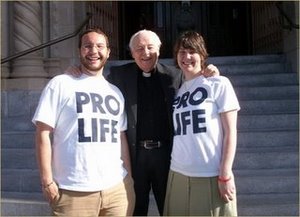
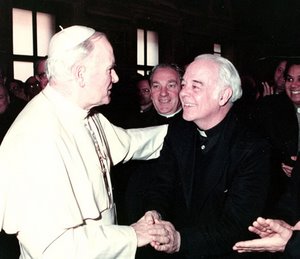
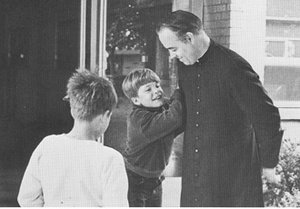
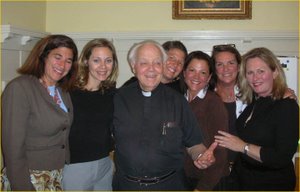
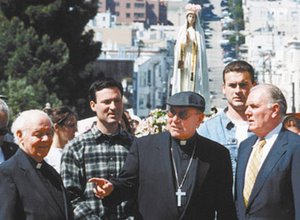
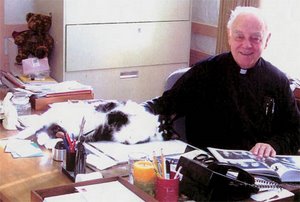

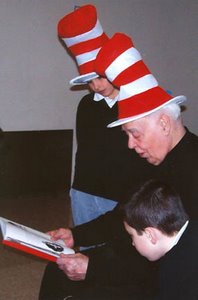

1 comment:
This is the best article I have read so far regarding Jahi... Everyone, I encourage you to pray for her and her family. Medical interventions have their limitations; But with prayer, the possibilities are infinite. Prayer is what Jahi and her family need most right now!
Post a Comment